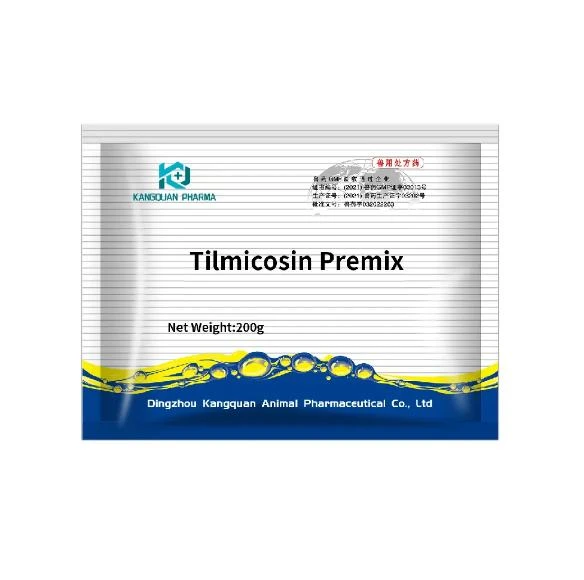- Afrikaans
- Albanian
- Amharic
- Arabic
- Armenian
- Azerbaijani
- Basque
- Belarusian
- Bengali
- Bosnian
- Bulgarian
- Catalan
- Cebuano
- Corsican
- Croatian
- Czech
- Danish
- Dutch
- English
- Esperanto
- Estonian
- Finnish
- French
- Frisian
- Galician
- Georgian
- German
- Greek
- Gujarati
- Haitian Creole
- hausa
- hawaiian
- Hebrew
- Hindi
- Miao
- Hungarian
- Icelandic
- igbo
- Indonesian
- irish
- Italian
- Japanese
- Javanese
- Kannada
- kazakh
- Khmer
- Rwandese
- Korean
- Kurdish
- Kyrgyz
- Lao
- Latin
- Latvian
- Lithuanian
- Luxembourgish
- Macedonian
- Malgashi
- Malay
- Malayalam
- Maltese
- Maori
- Marathi
- Mongolian
- Myanmar
- Nepali
- Norwegian
- Norwegian
- Occitan
- Pashto
- Persian
- Polish
- Portuguese
- Punjabi
- Romanian
- Russian
- Samoan
- Scottish Gaelic
- Serbian
- Sesotho
- Shona
- Sindhi
- Sinhala
- Slovak
- Slovenian
- Somali
- Spanish
- Sundanese
- Swahili
- Swedish
- Tagalog
- Tajik
- Tamil
- Tatar
- Telugu
- Thai
- Turkish
- Turkmen
- Ukrainian
- Urdu
- Uighur
- Uzbek
- Vietnamese
- Welsh
- Bantu
- Yiddish
- Yoruba
- Zulu
វិច្ឆិកា . 10, 2024 05:11 Back to list
Tylosin Injection Applications and Benefits for Poultry Health and Production
The Use of Tylosin Injection in Poultry Benefits and Considerations
Tylosin, a macrolide antibiotic, is widely used in veterinary medicine, particularly in the poultry industry. It plays a crucial role in maintaining the health and productivity of poultry by effectively controlling certain bacterial infections. Understanding the applications, benefits, and considerations surrounding the use of tylosin injections in poultry can help farmers and veterinarians make informed decisions about its application.
Understanding Tylosin
Tylosin is derived from the fermentation of Streptomyces fradiae and belongs to the macrolide class of antibiotics. It is primarily effective against gram-positive bacteria and some gram-negative bacteria. In poultry, it is most commonly used to combat respiratory diseases, enteritis, and infections caused by Mycoplasma species, which can significantly impact flock health and production.
Administration and Dosage
Tylosin is available in various forms, including injectable solutions, which allow for direct administration to the affected birds. Injectable forms of tylosin are particularly beneficial in cases where rapid intervention is necessary, such as in an outbreak of disease. The dosage and frequency of administration depend on the type of infection being treated, the severity of the disease, and the specific guidelines provided by a veterinarian. It is critical for poultry producers to follow proper dosing recommendations to avoid underdosing, which can lead to treatment failures, or overdosing, which can cause adverse effects.
Benefits of Tylosin Injection
One of the significant advantages of tylosin injections in poultry is their ability to provide fast relief from bacterial infections. Due to its potent antibacterial properties, tylosin can effectively reduce the population of pathogenic bacteria, leading to improved clinical outcomes. Early treatment can result in reduced mortality rates, improved feed conversion rates, and enhanced overall productivity of the flock.
tylosin injection for poultry uses

Additionally, tylosin can help mitigate the occurrence of secondary infections that often arise following initial bacterial infections
. By addressing the primary pathogens, tylosin aids in preventing more severe complications, thereby ensuring the welfare of the birds.Another notable benefit is tylosin's role in promoting growth rates in healthy birds. When used judiciously, it can assist in achieving optimal growth performance, which is particularly vital in a competitive poultry market. However, it is essential to use it responsibly to prevent the development of antibiotic resistance.
Considerations and Resistance Issues
Despite the benefits, the use of tylosin injections in poultry is not without its challenges. One of the most pressing concerns is the development of antibiotic resistance. The overuse of any antibiotic can contribute to the emergence of resistant bacterial strains, which can jeopardize both animal and human health. It is crucial for poultry producers to adhere to veterinary guidance regarding the appropriate usage of tylosin and to implement strict biosecurity measures to minimize the risk of disease outbreaks.
Additionally, tylosin usage may be subject to regulatory scrutiny, with various countries implementing strict guidelines about antibiotic use in food-producing animals. Farmers must be aware of the regulations in their regions and ensure compliance to avoid potential penalties.
Conclusion
In conclusion, tylosin injections serve as a valuable tool in poultry health management, effectively treating bacterial infections and promoting growth. However, their usage necessitates a careful, responsible approach to minimize the risk of antibiotic resistance and ensure compliance with regulatory requirements. Poultry producers should work closely with veterinarians to develop treatment protocols that prioritize animal health while safeguarding public health. By making informed decisions about antibiotic use, the poultry industry can continue to thrive while maintaining high standards of animal welfare and food safety.
-
Guide to Oxytetracycline Injection
NewsMar.27,2025
-
Guide to Colistin Sulphate
NewsMar.27,2025
-
Gentamicin Sulfate: Uses, Price, And Key Information
NewsMar.27,2025
-
Enrofloxacin Injection: Uses, Price, And Supplier Information
NewsMar.27,2025
-
Dexamethasone Sodium Phosphate Injection: Uses, Price, And Key Information
NewsMar.27,2025
-
Albendazole Tablet: Uses, Dosage, Cost, And Key Information
NewsMar.27,2025













